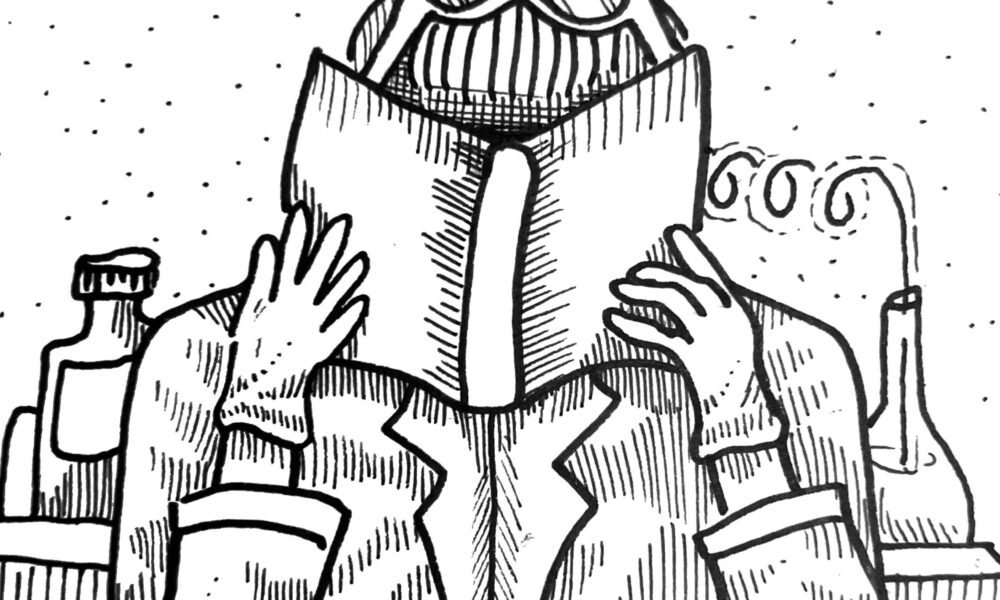Science has helped society make sense of the natural world and all of its intricacies. Advancements in medicine, technology, and mathematics have all led to improvements in human welfare. At the same time, science can be applied unequally, benefiting those of a specific race or class, in ways that distort the field and legitimize racist ideas. One such example is making an unfortunate comeback: Biologically-based race science, or the study of racial difference, has reemerged after decades on the fringes. As Angela Saini explains in the 2019 book Superior: The Return of Race Science, race science has been rebranded and is now gaining ground in several academic circles.
To lay the groundwork for her argument, Saini opens by deftly explaining and demonstrating that race is not an identifier of intelligence, temperament, or any other complex characteristic. Saini makes clear that, in the scientific community, race is considered a social construct. Race realists, those who subscribe to the idea that race determines human variation, fight against those who they feel are ignoring real science in favour of political correctness.
Saini explains the first wave of race science in the middle of the 19th century asserted European racial superiority to justify slavery and colonialism. European scientists measured skulls to determine brain size and assessed development based on the model of European cities, culture, and lifestyle. This eurocentric method of measuring advancement was obviously flawed, Saini argues, defining science by the views of the scientist. Race science further developed into the field of eugenics in the late 19th and early 20th century, taking off in the United State. The American eugenics movement included the forced sterilization of around 100,000 poor and minority women and was one of the models for Nazi Germany’s own horrific project of eugenics. Eugenics was “fashionable,” partly due to its association with science and scientific objectivity, Saini writes. The terrors of the Holocaust pushed eugenics out of the mainstream in the latter half of the 20th century, but a small circle of academics, who were invested in race research and had already made a name for themselves in the field, held on to the problematic idea that race determined a person’s inherent qualities.
In the 20th century, Saini writes, the misinterpretation of genetic data paved the way for a resurgence of race science, this time under the banner of race realism, which in turn conferred an increased sense of respectability upon it. By studying genomes of different population groups, scientists maintaining this ideology believe that they can find some inherent differences between races. Saini notes there is no evidence to support those claims. At the same time, enough mystery remains surrounding genetic determinants of intelligence and temperament, that this has been used to support the possibility. It is thought that thousands of different genes may contribute to what we think of as intelligence, each potentially controlling a different brain pathway; however, only a small percentage of these genes has been discovered. Critics of welfare and equal opportunity in education use the perceived racial differences asserted by race scientists as evidence of the inevitable failure of such programs. They assert that discrimination and colonialism are not the causes of inequality but rather the result of genetic differences. The absence of definitive genetic evidence neither confirming nor denying “inferiority” is thus used as a shield for bigotry, in spite of the general consensus among scientists that race is a social construction.
Archaic humans, such as Neanderthals, were considered to be lower in intelligence than modern humans, or Homo sapiens. Europeans made the leap that Neanderthals were, in turn, closely related to so-called “inferior races.” When researchers discovered that white Europeans share more DNA with Neanderthals than many of those they deemed inferior, Neanderthals experienced a sudden makeover. No longer were they our lowly ancestors, but our brilliant cousins. The scientist makes the science, spinning stories out of data, often in line with their biases.






